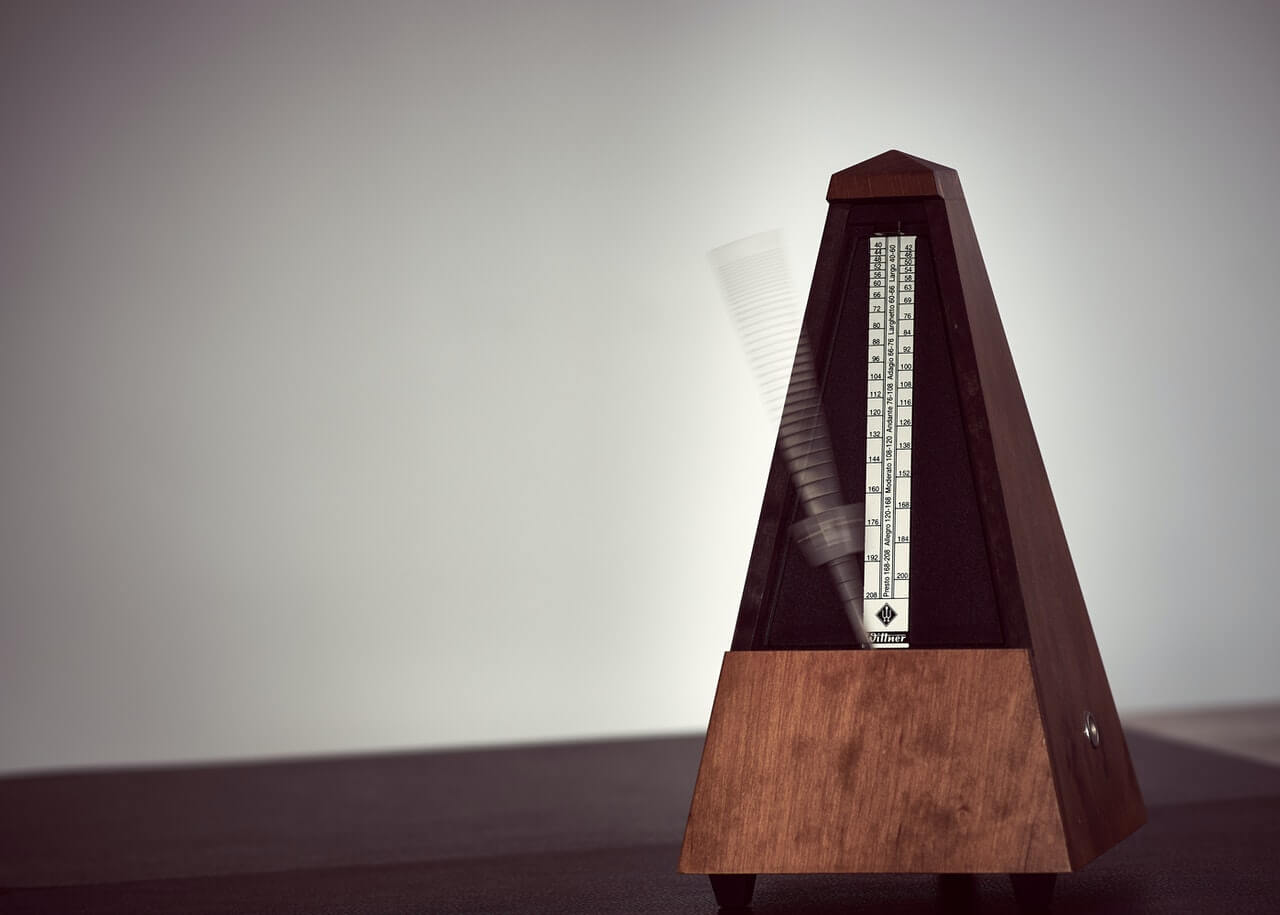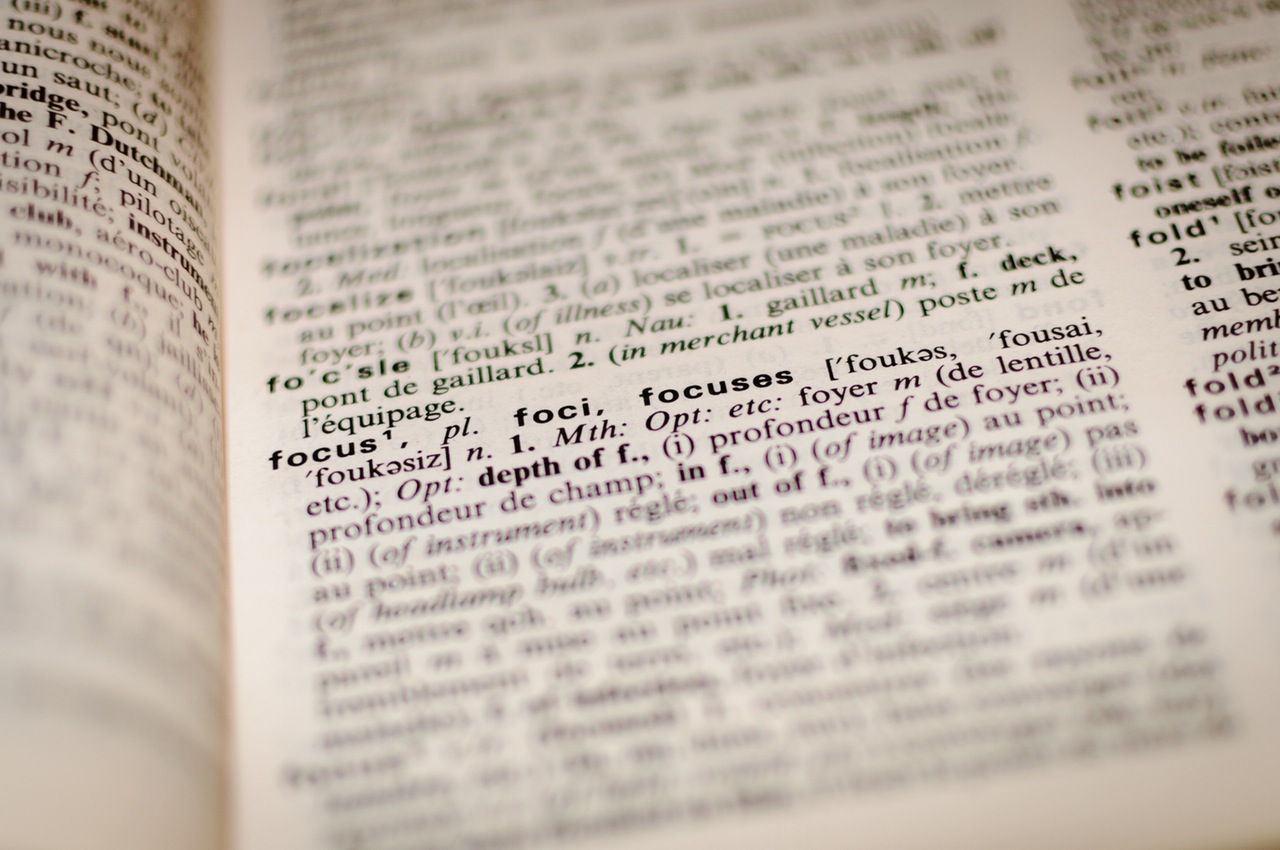Playing “in-time” is one of the most important skills that a musician can have. Not only must they be able to count rhythms, but they (obviously) must be able to perform them correctly on their instrument.
Additionally, they need to be able to play rhythms correctly in a variety of conditions – with an external beat they must conform to (like in a large ensemble or with a metronome) and by following their own internal pulse (in an audition or a solo piece).
I’ve mentioned Jason Sulliman (bass trombonist and pedagogue) before. I’ve mentioned:
- His thoughts on the two main types of technique
- 1,000 Day Practice Challenge
- Discussions on Analysis by Paralysis
Recently I found a video he released back in 2013. In it, he discusses the challenge of training these two (seemingly related) rhythmic skills along with his solution:
The Rhythm Problem
As Jason explains in the video, playing with a metronome, and maintaining a strong internal pulse use different parts of the brain.
The result has been validated by science by individuals performing a “synchronization continuation task” while an fMRI machine watches their brain activity.
A synchronization continuation task merely means that a participant must first match an external tempo (tapping a key along with a beep sound) and then continue at the same tempo when the external stimulus is removed.
So, while the metronome is an invaluable pedagogical tool, you don’t get a good internal rhythm by just playing with the metronome and shutting off your brain. As Jason puts it, students must “get in the habit of making good time”.
The Solution(s)
Jason’s solution is both elegant and cheap (or free!).
He made a CD where each track is an “intermittent” metronome.
As he demonstrates in the video, each track starts with four beats of steady clicks, and then random beats are dropped throughout the track.
This forces you to constantly internalize the pulse so that you are prepared if the next beat is “dropped”. Since only some of the beats are silent, you also get quick feedback if your internal pulse was accurate or not.
You can find his CD almost anywhere. It’s on:
If you have my personal favorite tuner app, Tonal Energy, there’s also a similar feature on the Metronome page, called the Metronome Assistant.
Tonal Energy Metronome Assistant
You can read about the Metronome Assistant in the Tonal Energy User Guide, but essentially it allows you to add a bit of “unpredictability” to the metronome. You can:
- Set automatic tempo changes steadily work up a passage to a certain tempo
- Silence entire measures, with the option to make a consistent pattern (2 bars on, 1 off) or random.
- Silence individual beats, with the ability to select the percent of beats that are silenced (variable between 5%-95%)
- Set a time limit to automatically stop the metronome after a specific time or number of measures.
Conclusion
It’s important to know that playing in time involves multiple parts of your brain, depending on the context. To improve your rhythm as quickly as possible, make sure that you’re practicing both kinds of playing.
This is especially true if you have trouble keeping time when playing alone, and you have an audition (like All-State) coming up. Certainly, practice with the metronome to learn the rhythms, but make sure that you don’t let the metronome become a crutch!





